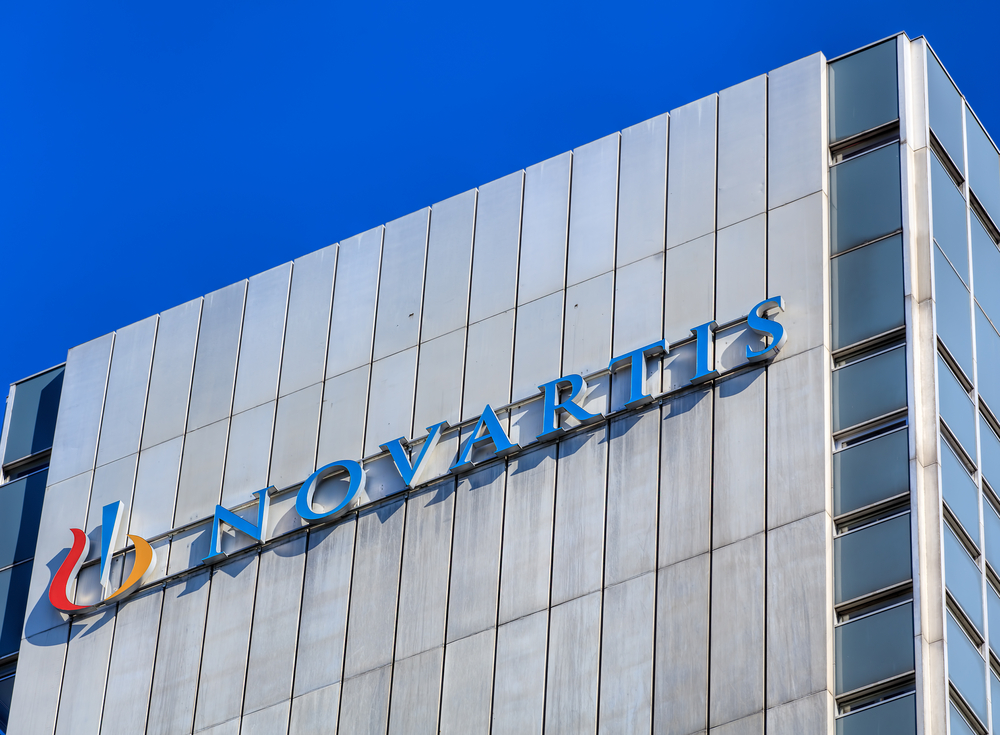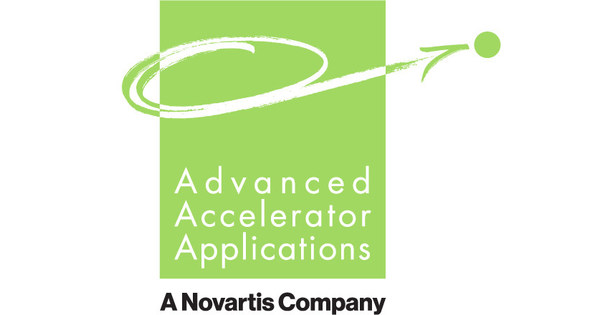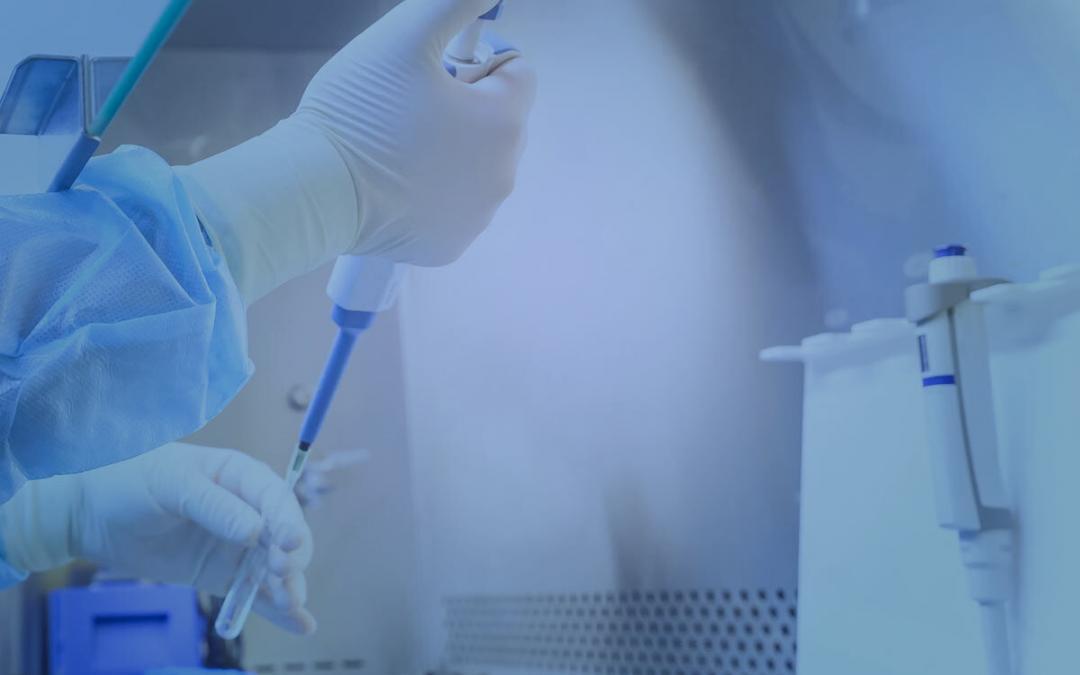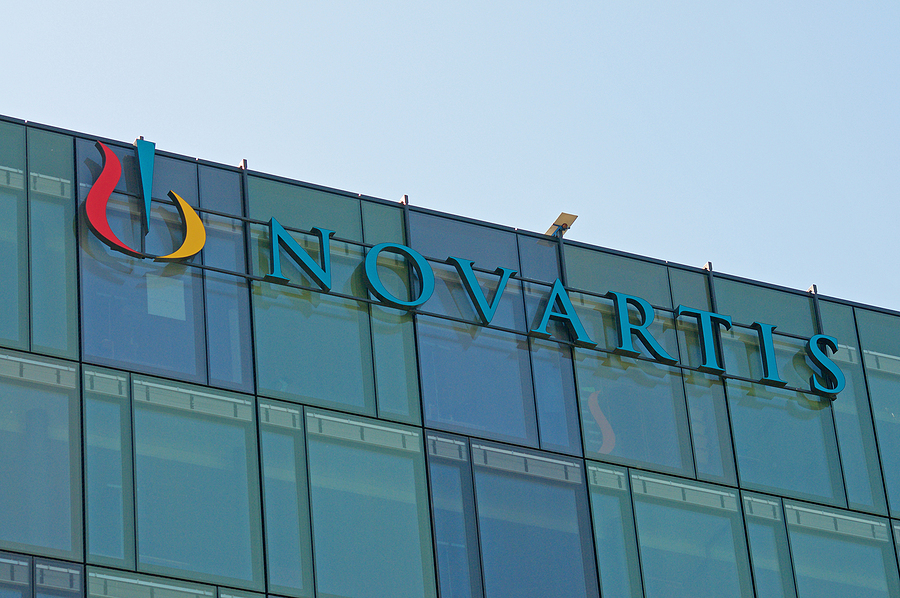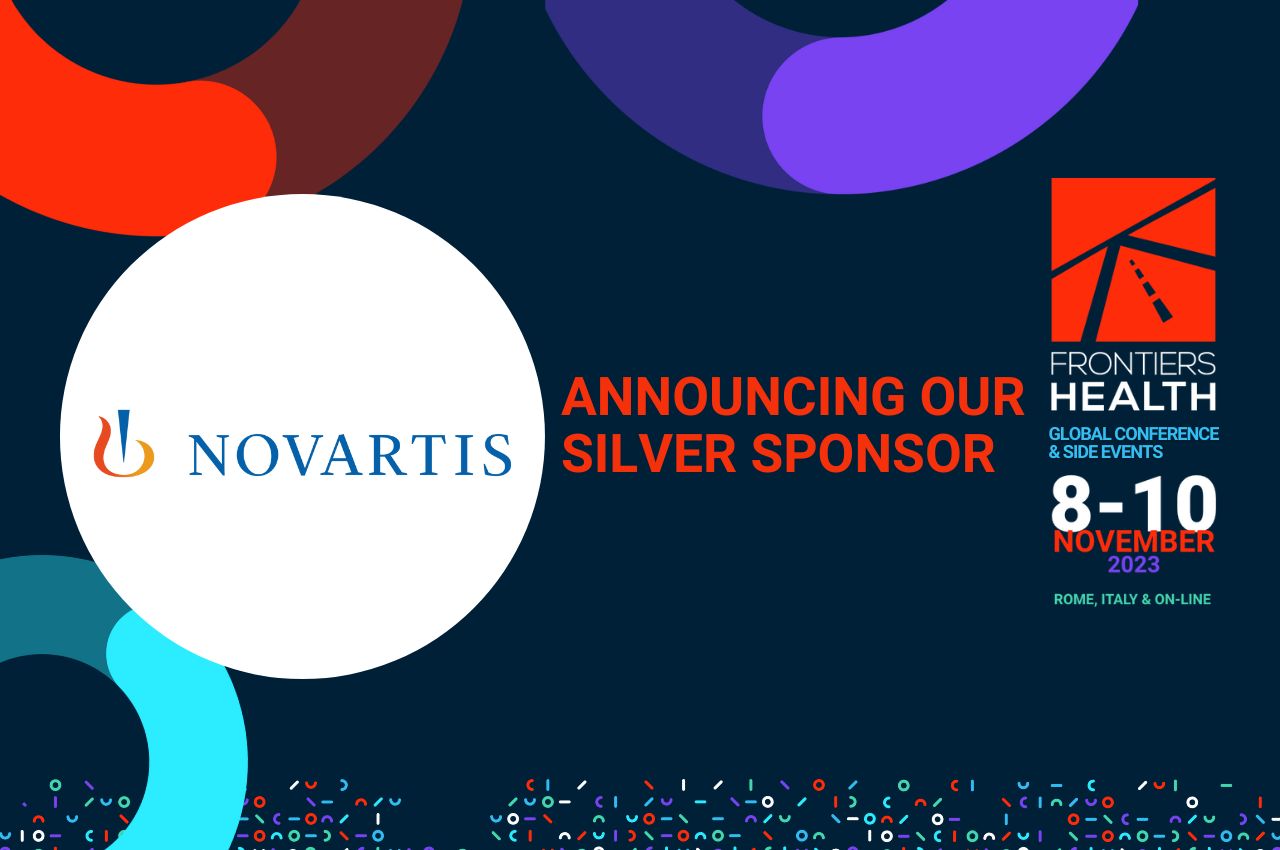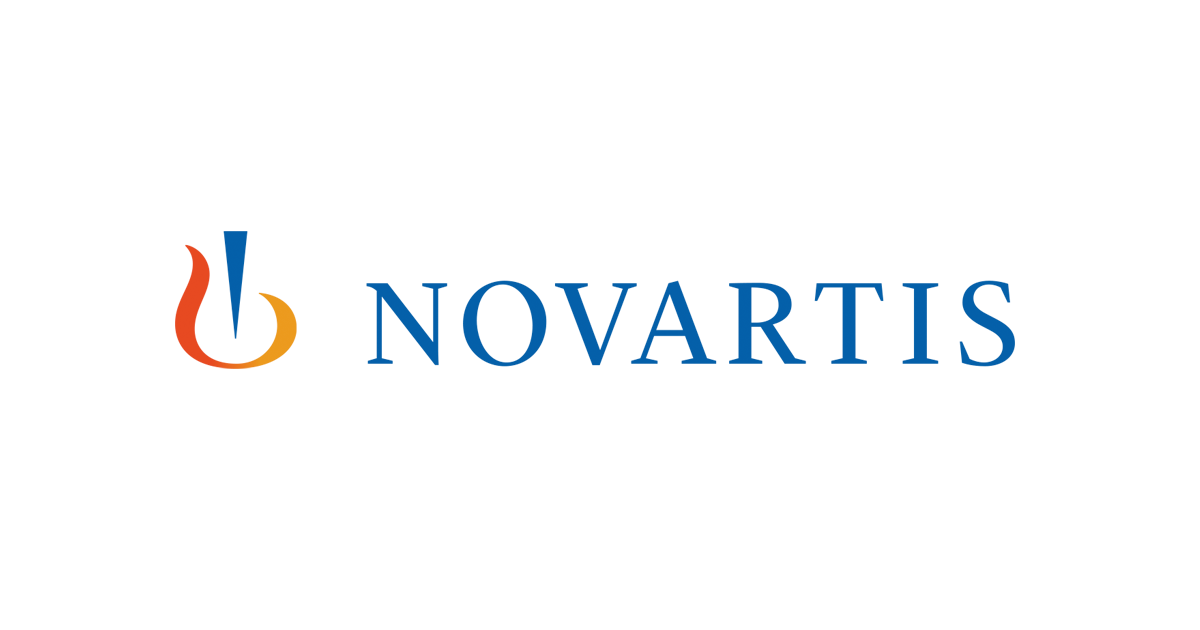Advanced Accelerator Applications A Novartis Company

Novartis subsidiary Advanced Accelerator Applications (AAA) faces increasing scrutiny following concerns about the efficacy and accessibility of its radioligand therapies for cancer. Patients and medical professionals are demanding greater transparency and improved access to these potentially life-saving treatments.
AAA, a key player in the field of theranostics, specializes in developing and commercializing radiopharmaceuticals for targeted cancer treatment. The urgency stems from growing questions about the real-world effectiveness of its flagship products and reported barriers to access despite regulatory approvals.
Key Products and Their Impact
AAA's primary focus is on radioligand therapy (RLT), which uses radioactive molecules to target and destroy cancer cells. Lutathera, a treatment for gastroenteropancreatic neuroendocrine tumors (GEP-NETs), is arguably their most well-known product.
Pluvicto, approved for metastatic castration-resistant prostate cancer (mCRPC), represents another significant asset in their portfolio. Clinical trial data initially suggested promising outcomes for both Lutathera and Pluvicto.
However, real-world data and physician experiences are painting a more complex picture.
Concerns Regarding Efficacy and Access
Some oncologists have expressed reservations about the long-term efficacy of Lutathera and Pluvicto outside of controlled clinical trials. Concerns include disease progression despite treatment and the development of resistance.
A significant hurdle is the limited number of treatment centers equipped to administer radioligand therapies. This restricted availability creates long waiting lists and geographic disparities in access to these treatments.
The complexity of manufacturing and handling radioactive materials also contributes to the limited supply and high cost of these therapies.
Financial Performance and Market Position
Despite the questions surrounding efficacy and accessibility, AAA remains a significant player in the radiopharmaceutical market. Novartis's acquisition of AAA in 2018 solidified its position in this growing sector.
AAA's financial performance is intertwined with the sales of Lutathera and Pluvicto. While sales have generally increased, the rate of growth has been impacted by the previously mentioned access limitations and efficacy debates.
The competitive landscape is evolving, with other pharmaceutical companies investing in radioligand therapy research and development. This increased competition puts pressure on AAA to innovate and address the concerns regarding its existing products.
Regulatory Scrutiny and Patient Advocacy
Regulatory agencies are closely monitoring the performance and safety of radioligand therapies. Reports of adverse events and concerns about efficacy have triggered increased scrutiny of AAA's clinical trial data and post-market surveillance.
Patient advocacy groups are playing an increasingly important role in demanding improved access to these treatments. They are advocating for increased government funding, expanded treatment center capacity, and greater transparency from pharmaceutical companies.
These groups are also raising awareness about the potential benefits and risks of radioligand therapies, empowering patients to make informed decisions about their treatment options.
Challenges in Manufacturing and Supply Chain
The production of radiopharmaceuticals is a complex and highly specialized process. Short half-lives of the radioactive isotopes used in these therapies necessitate a tightly controlled and efficient supply chain.
Disruptions in the supply of raw materials or manufacturing bottlenecks can lead to treatment delays and negatively impact patient outcomes. AAA has faced challenges in scaling up production to meet growing demand.
These challenges highlight the need for robust manufacturing processes and diversified supply chains to ensure a consistent and reliable supply of these critical therapies.
Future Directions and Ongoing Research
AAA is actively engaged in ongoing research to improve the efficacy and safety of its radioligand therapies. This includes developing new targeting molecules and optimizing treatment protocols.
The company is also exploring combination therapies that combine radioligand therapy with other cancer treatments, such as immunotherapy and chemotherapy. These combination approaches hold the potential to improve treatment outcomes and overcome resistance mechanisms.
Addressing the concerns about access remains a critical priority. AAA is working to expand the number of treatment centers offering its therapies and to streamline the reimbursement process.
The Road Ahead
The future of Advanced Accelerator Applications hinges on its ability to address the concerns regarding the efficacy and accessibility of its radioligand therapies. Further investigation and transparency are crucial for building trust with patients and the medical community.
The company's ongoing research and development efforts will be essential for maintaining its competitive edge and improving treatment outcomes. Patients and stakeholders are closely watching how AAA will navigate these challenges and deliver on the promise of targeted cancer therapy.
Continued monitoring of real-world data and open communication with physicians and patients are paramount to ensuring the responsible and effective use of these potentially life-saving treatments.





